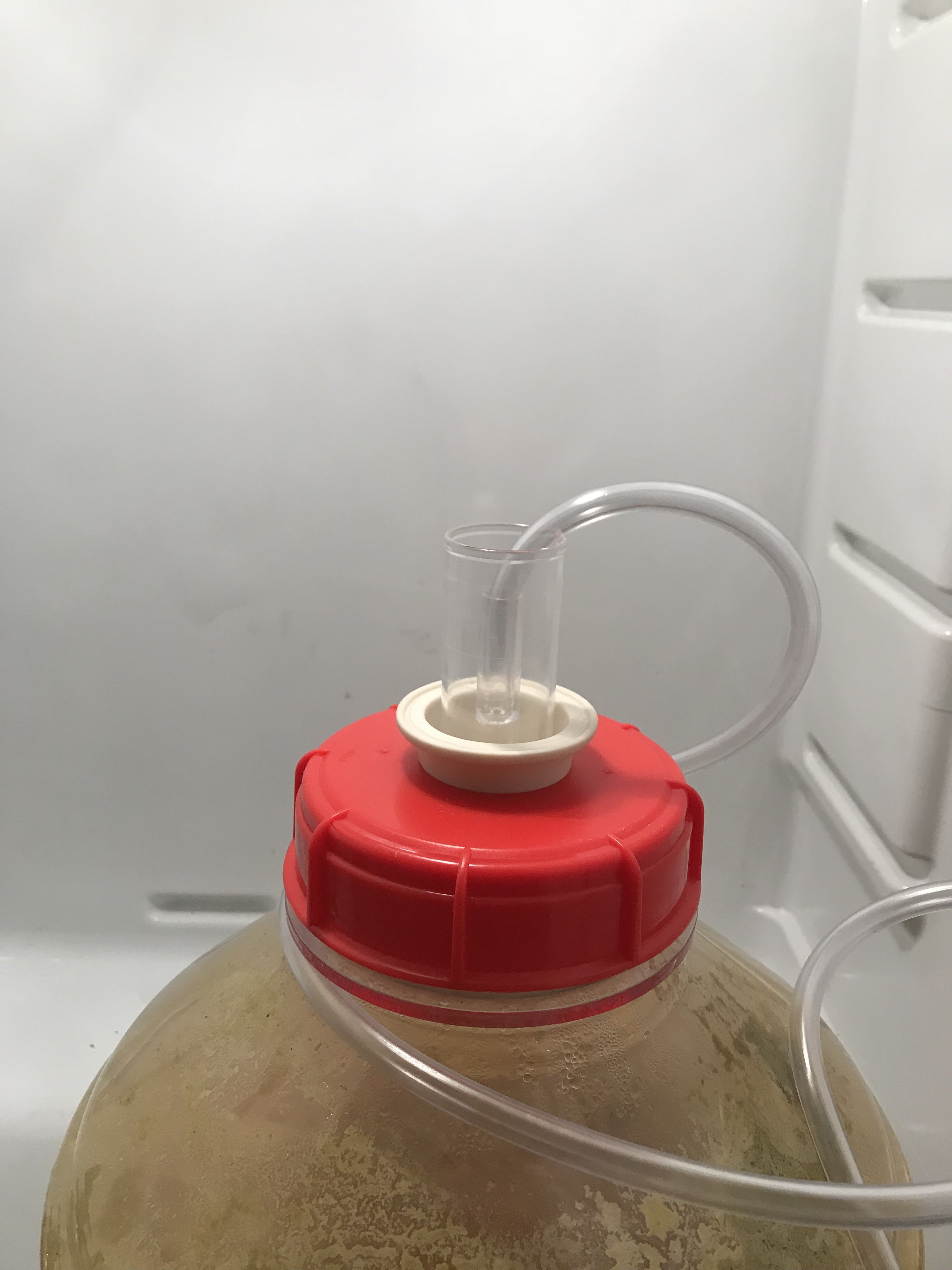First off, hey fellow homebrewers.
I'm asking this question because I've been pondering it for years. I have been brewing more then 12 years, all grain, love everything about it. Batch per week average. My favorite beers have recently become NE IPAs, no surprise. I had a chance to drink many of the finest, Treehouse, Trillium, Hudson, Hill, Bissel, Foam, Equilibrium...you get the point.
What secret technique could all these breweries be utilizing for their dry hopping that no one else knows about. There HAS to be something. I know all about dry hopping under pressure, dry hopping for short time to reduce vegetal flavors, dry hopping cooler. I've tried all of these multiple times but can never get near the impact that these breweries get.
Come on fellow homebrewers...let's solve this conundrum once and for all. What are these breweries doing that we can't do at home. Anyone have some insider knowledge they can share?
I'm asking this question because I've been pondering it for years. I have been brewing more then 12 years, all grain, love everything about it. Batch per week average. My favorite beers have recently become NE IPAs, no surprise. I had a chance to drink many of the finest, Treehouse, Trillium, Hudson, Hill, Bissel, Foam, Equilibrium...you get the point.
What secret technique could all these breweries be utilizing for their dry hopping that no one else knows about. There HAS to be something. I know all about dry hopping under pressure, dry hopping for short time to reduce vegetal flavors, dry hopping cooler. I've tried all of these multiple times but can never get near the impact that these breweries get.
Come on fellow homebrewers...let's solve this conundrum once and for all. What are these breweries doing that we can't do at home. Anyone have some insider knowledge they can share?




















![Craft A Brew - Safale S-04 Dry Yeast - Fermentis - English Ale Dry Yeast - For English and American Ales and Hard Apple Ciders - Ingredients for Home Brewing - Beer Making Supplies - [1 Pack]](https://m.media-amazon.com/images/I/41fVGNh6JfL._SL500_.jpg)









































